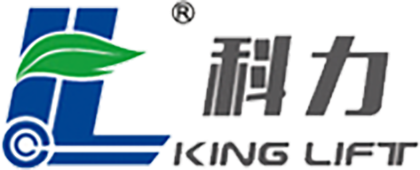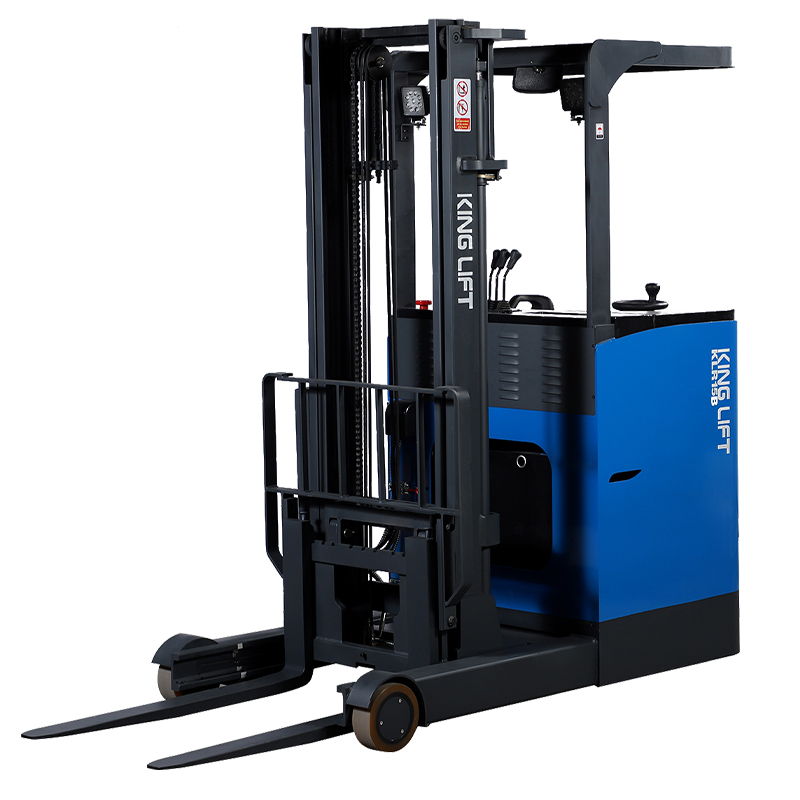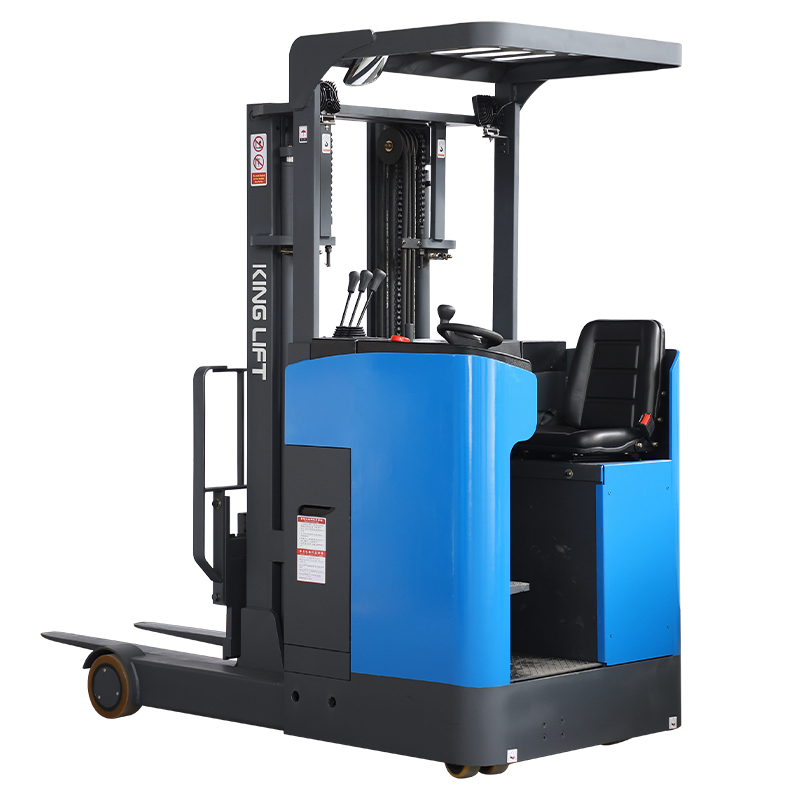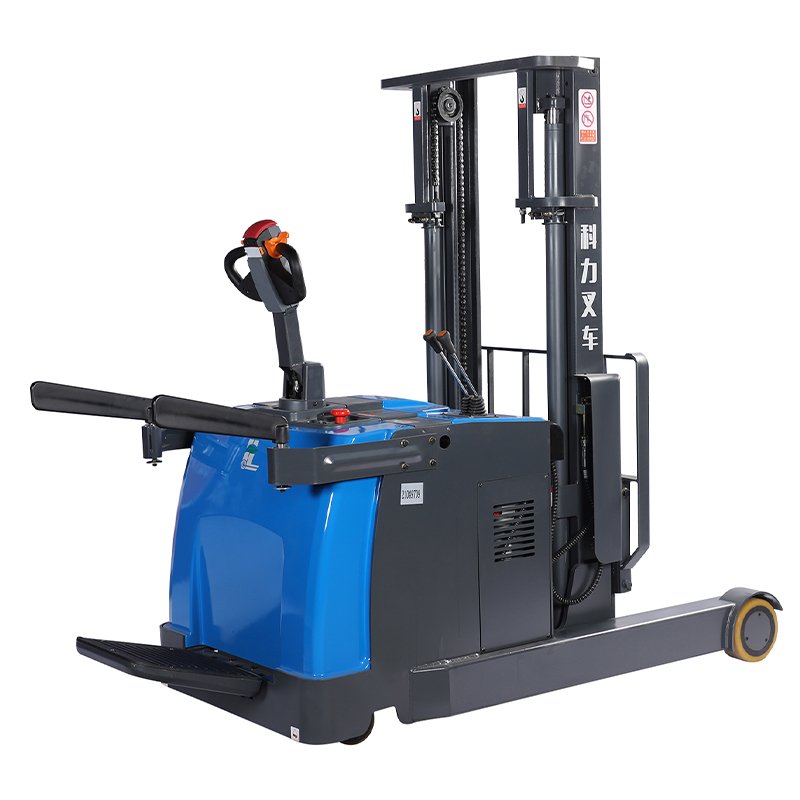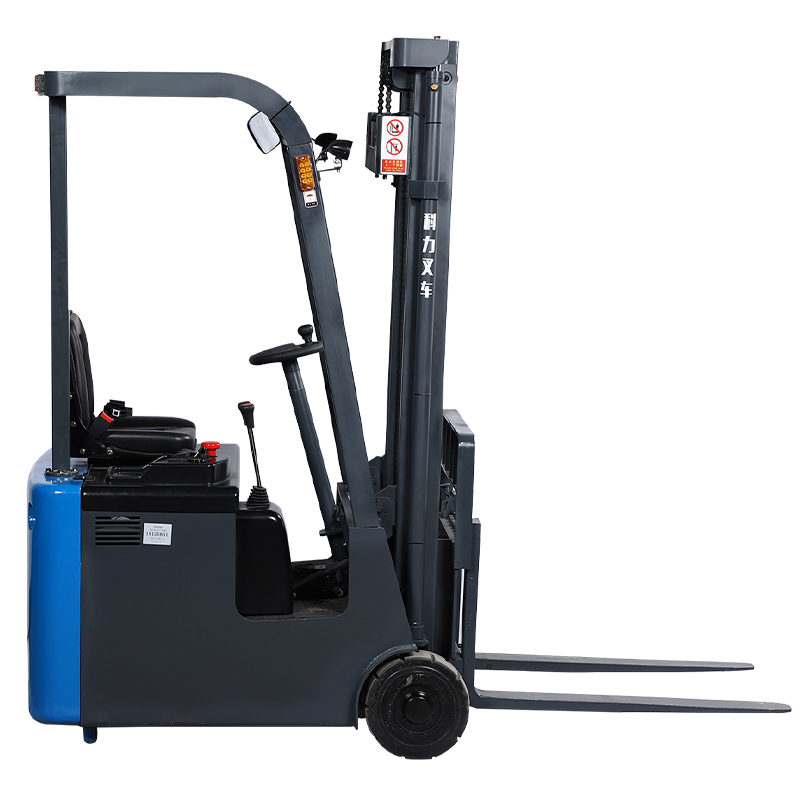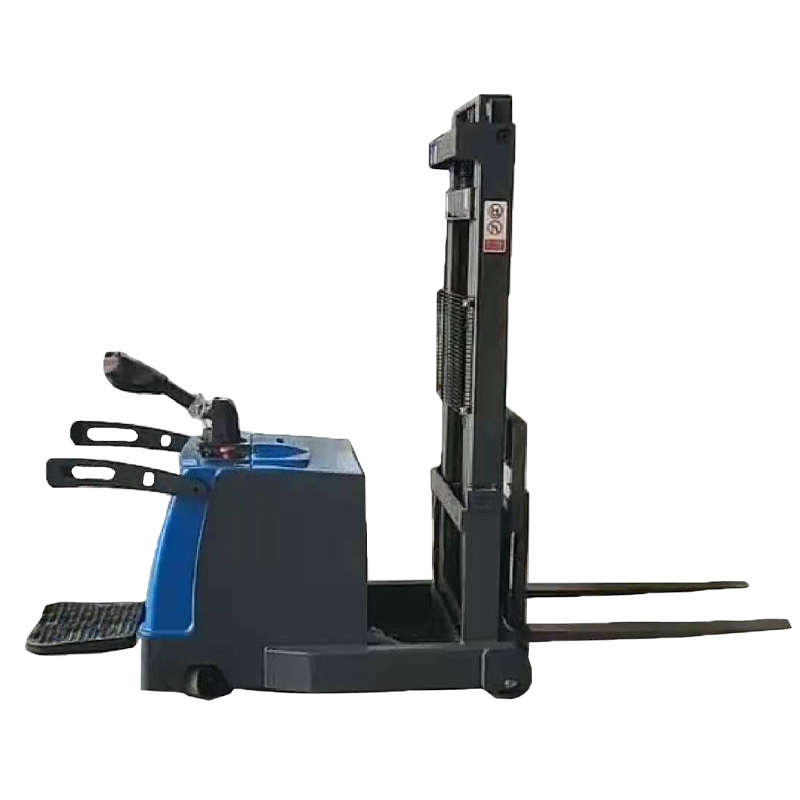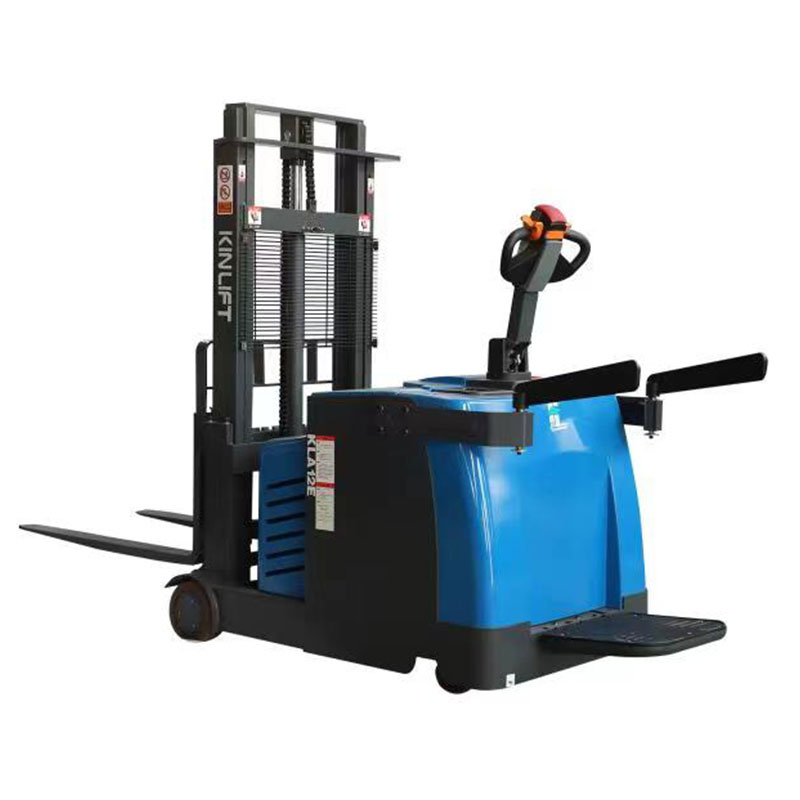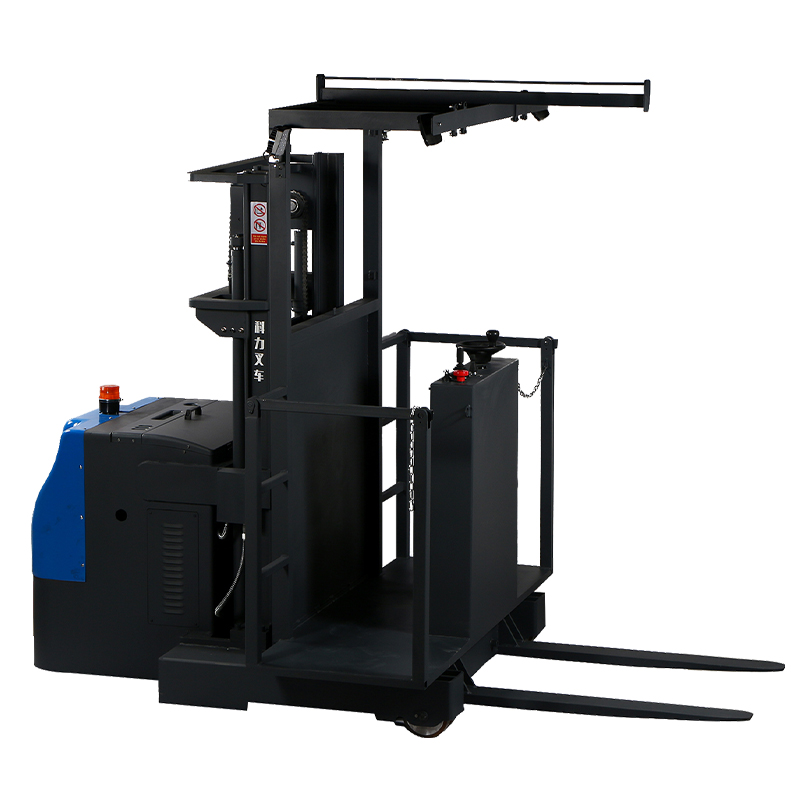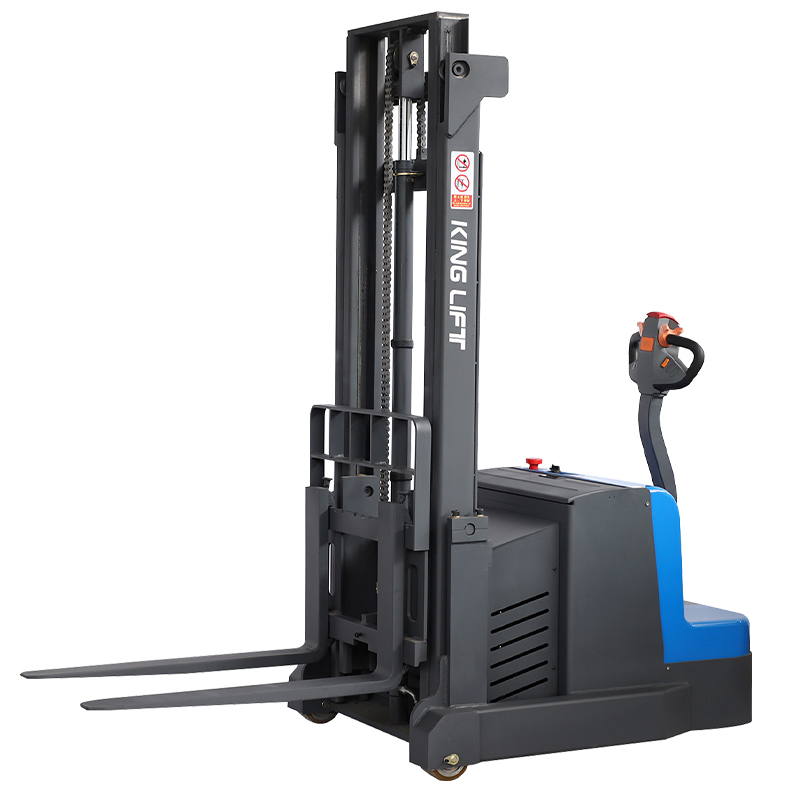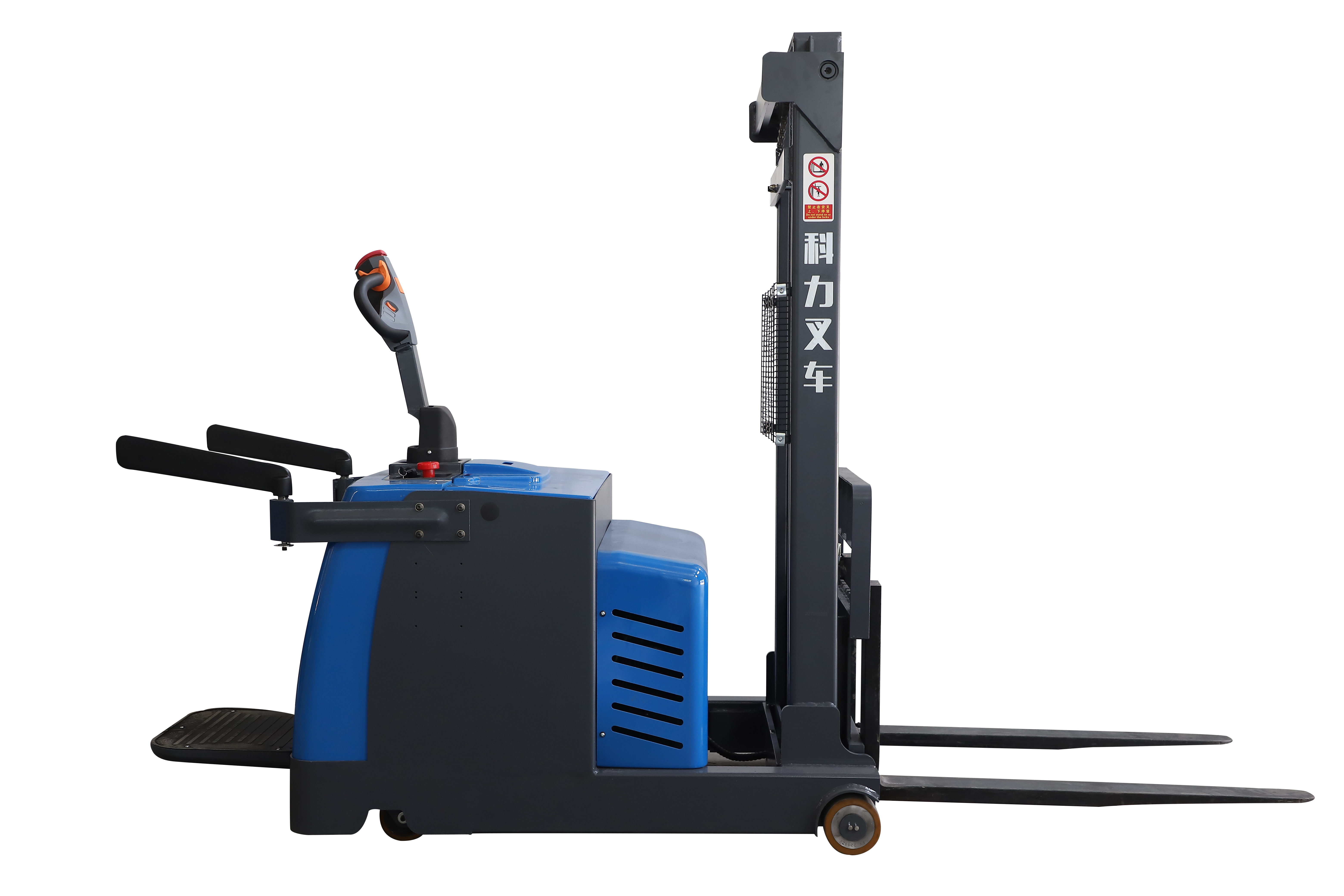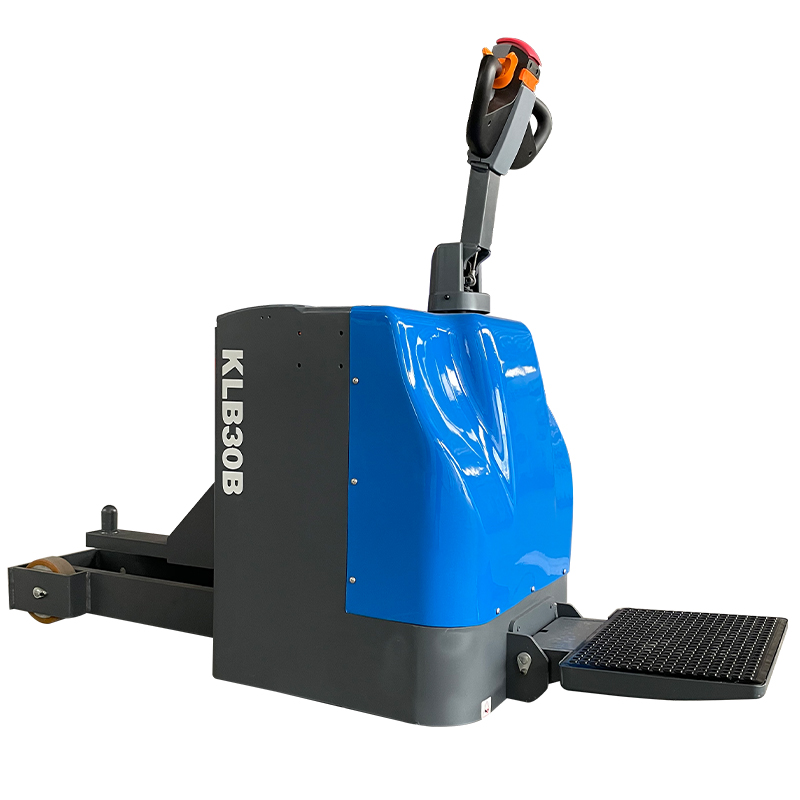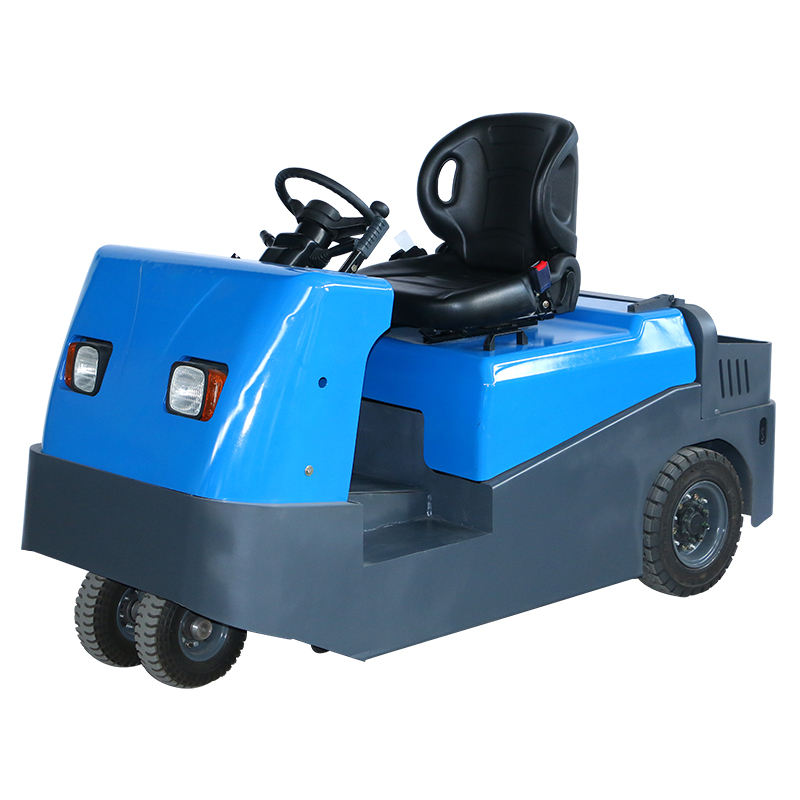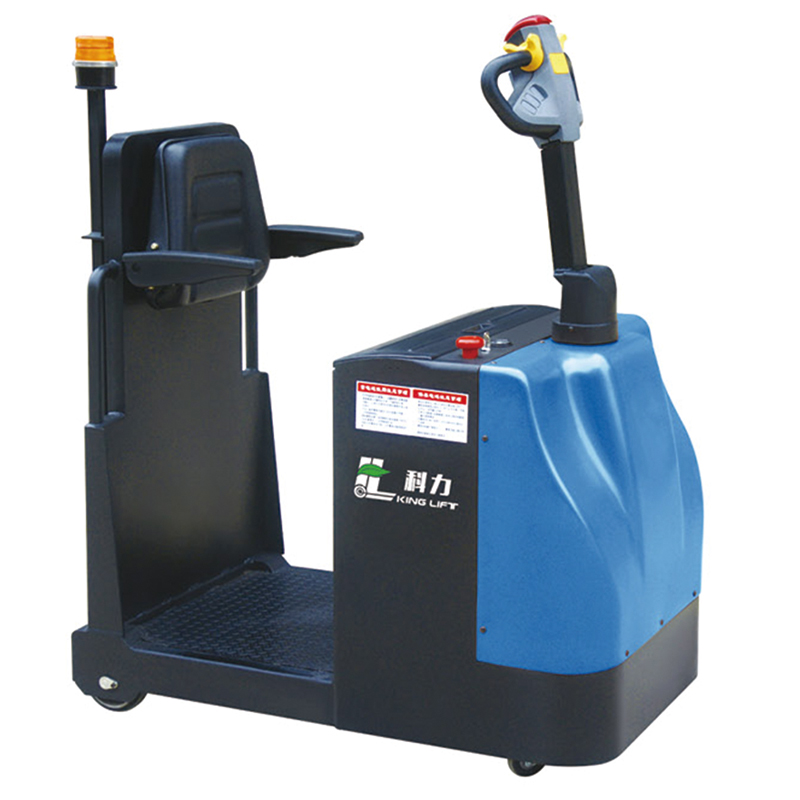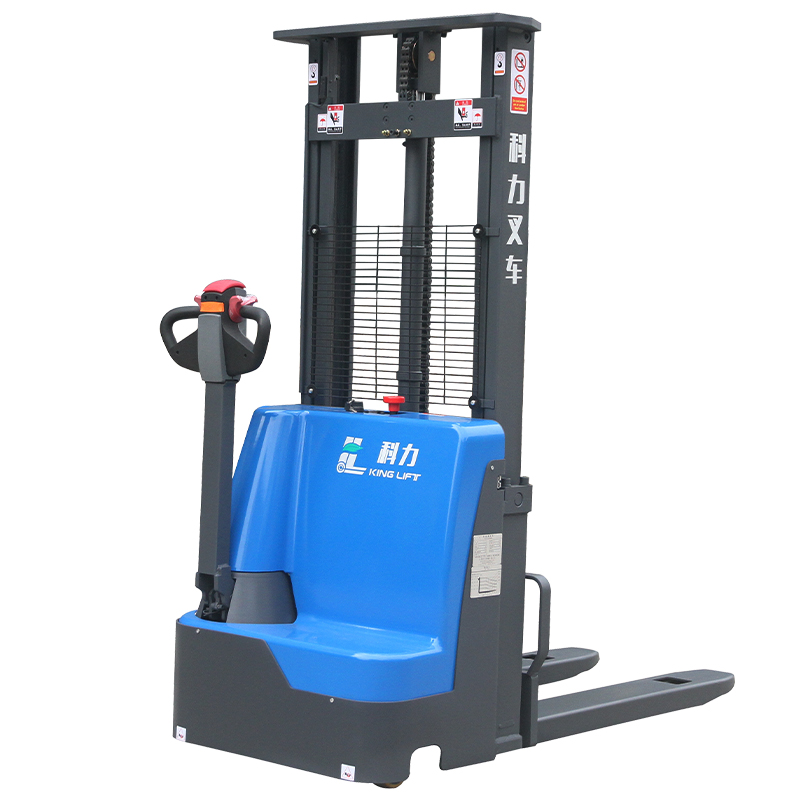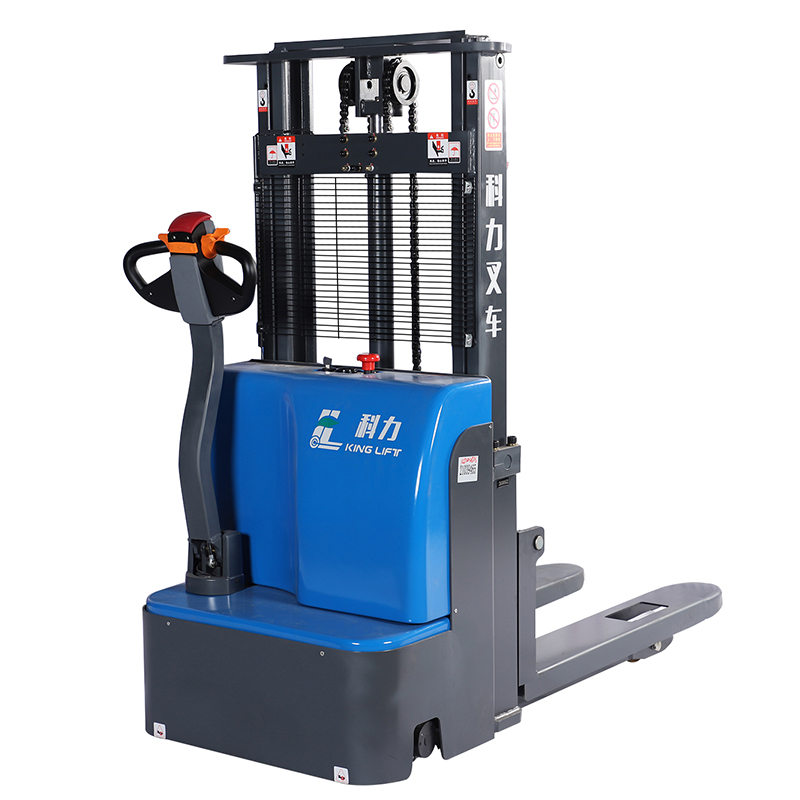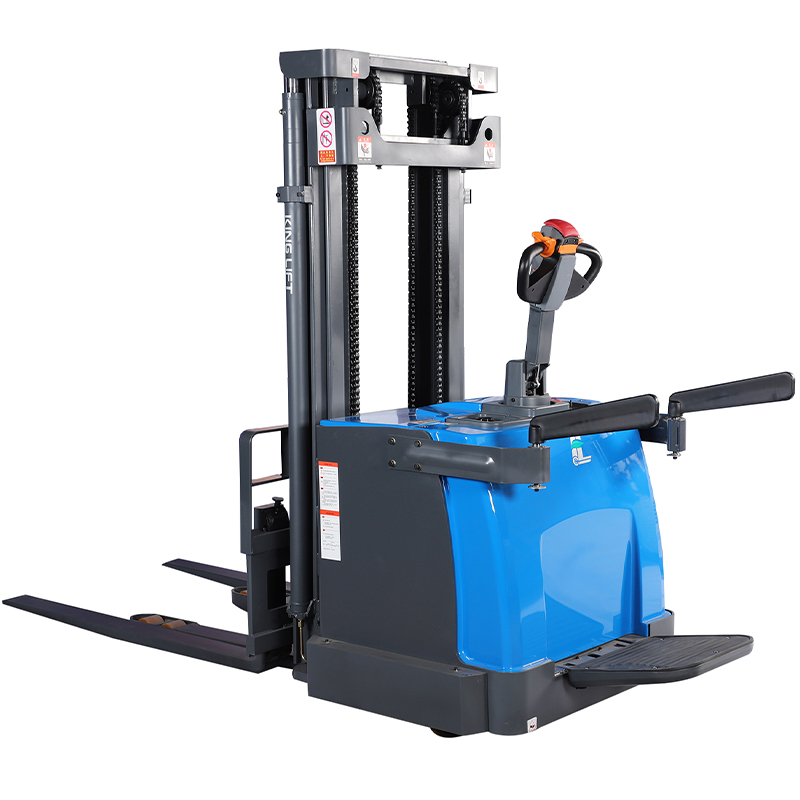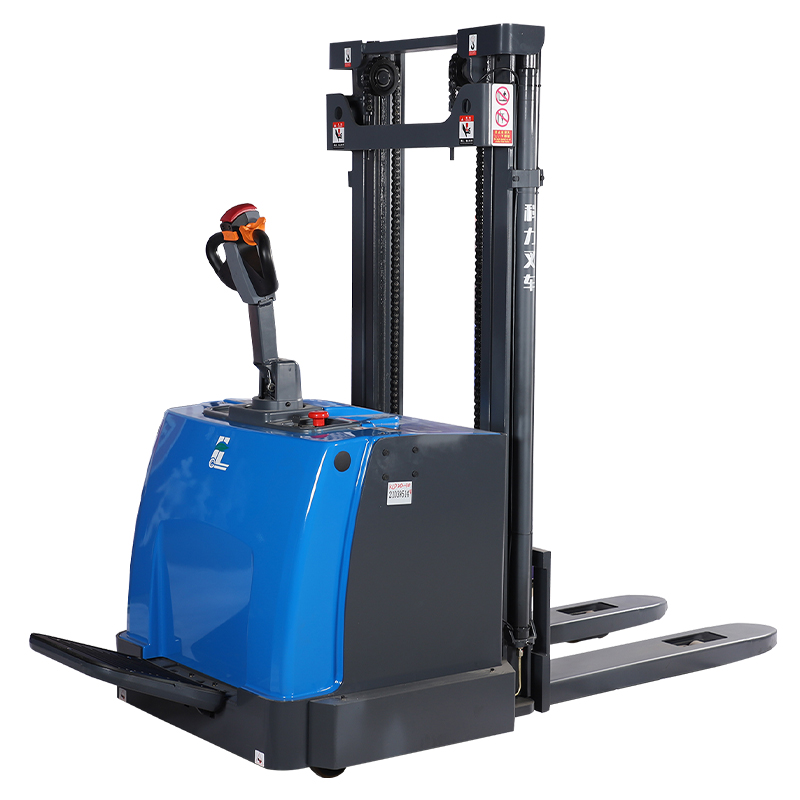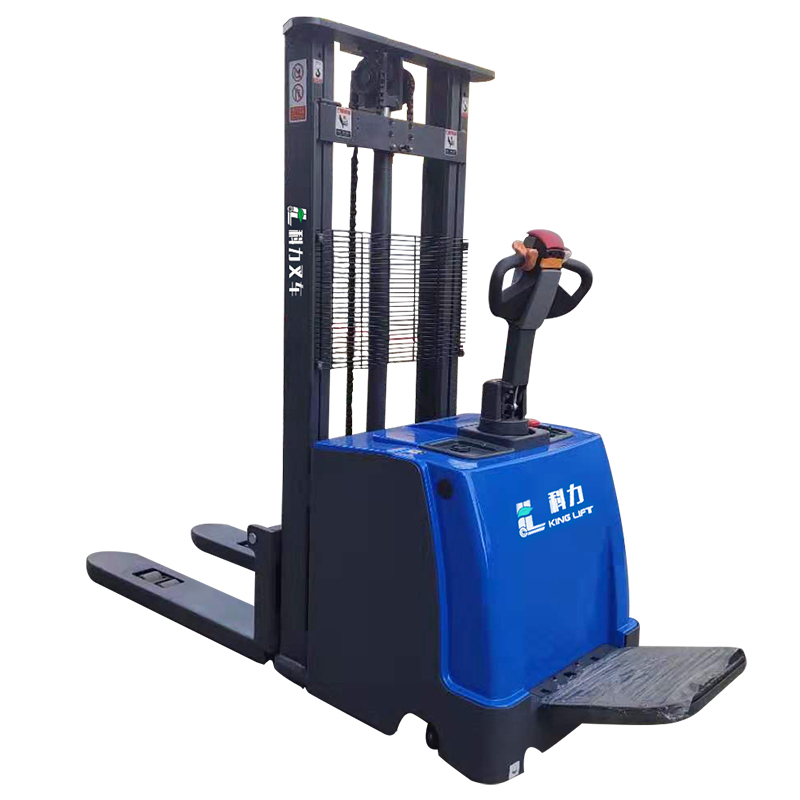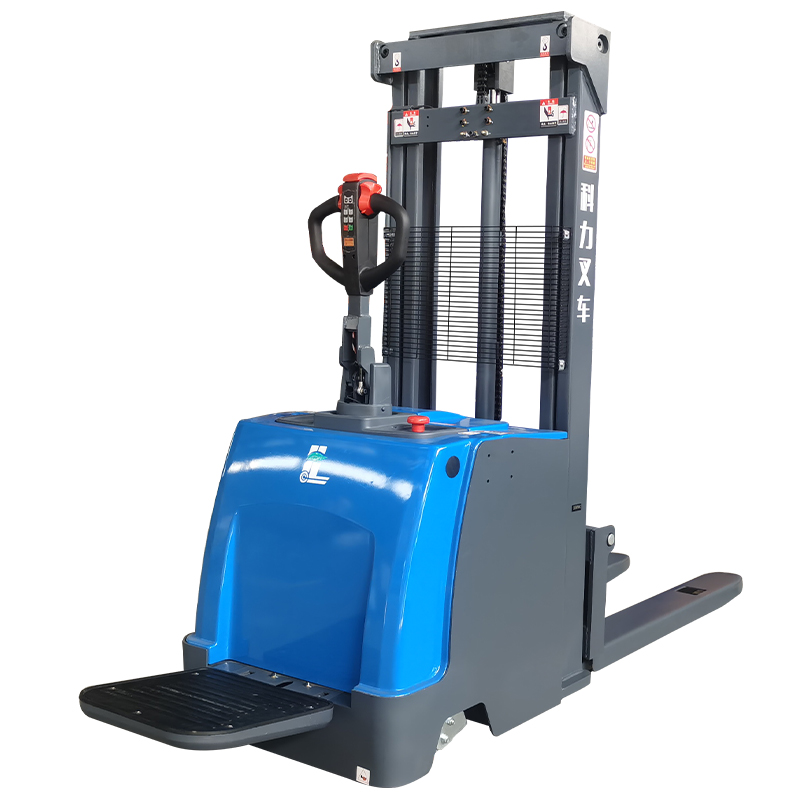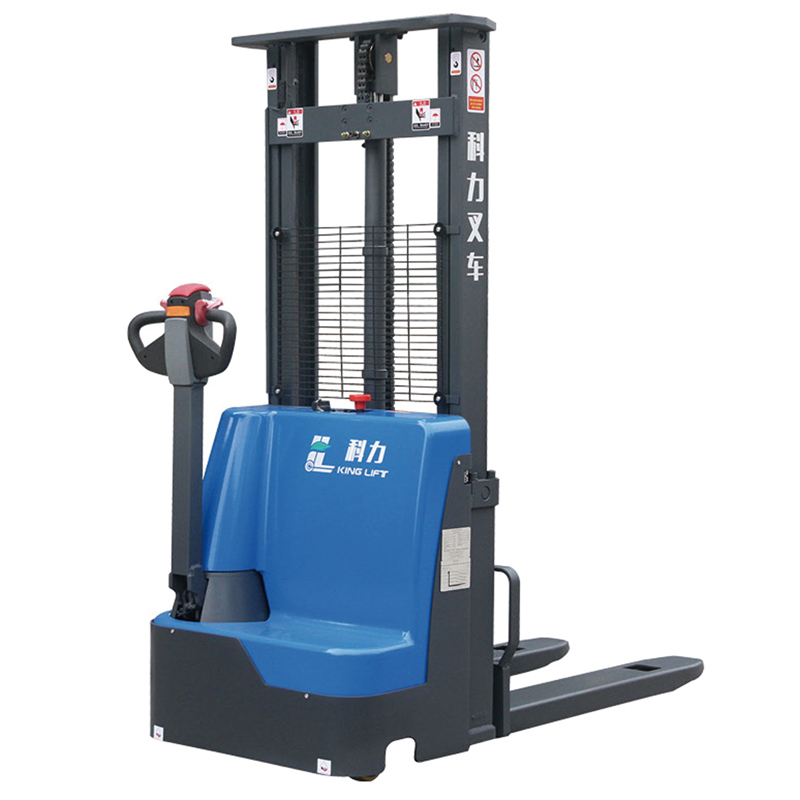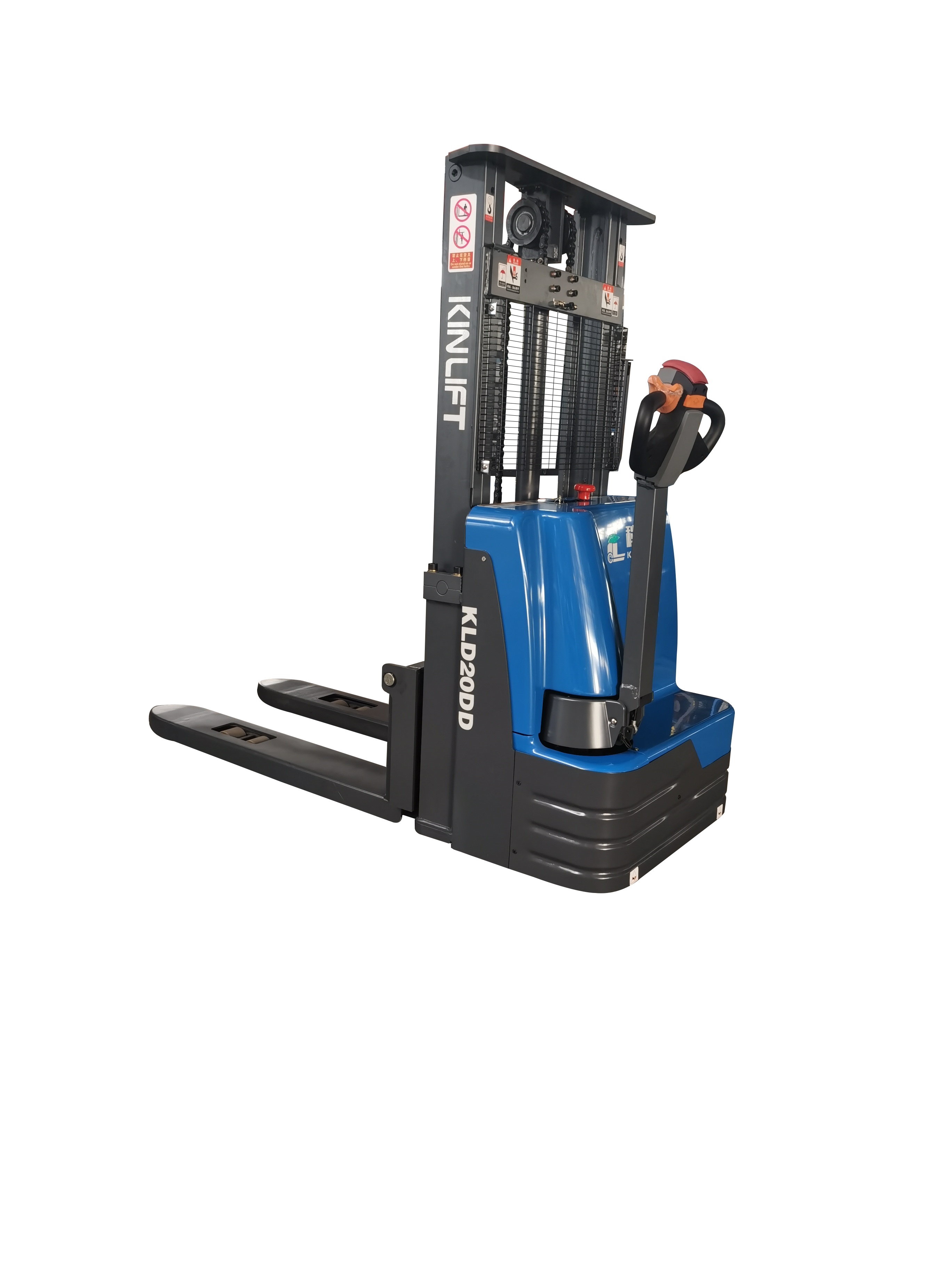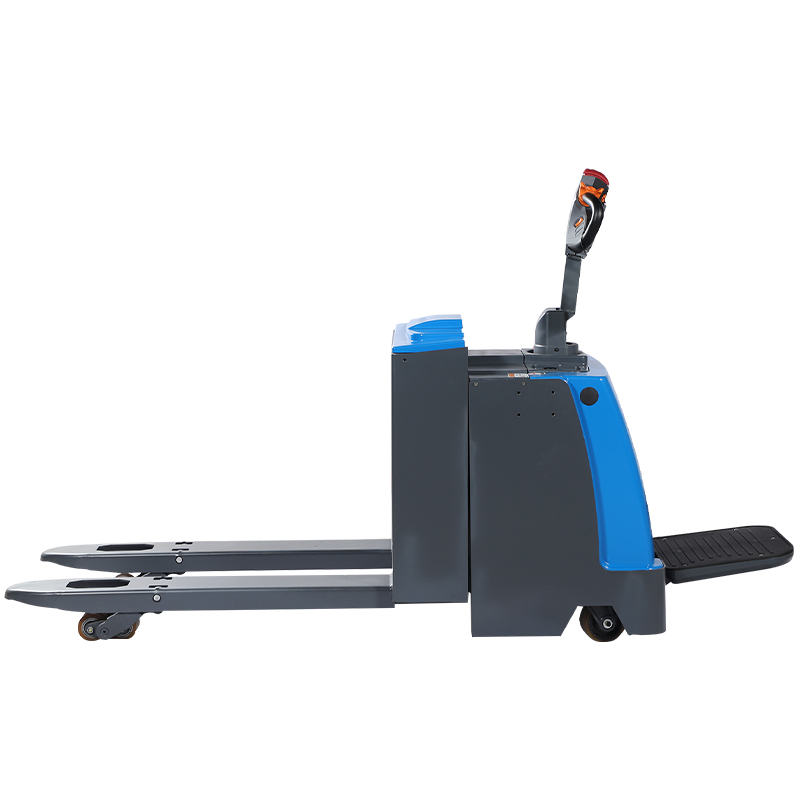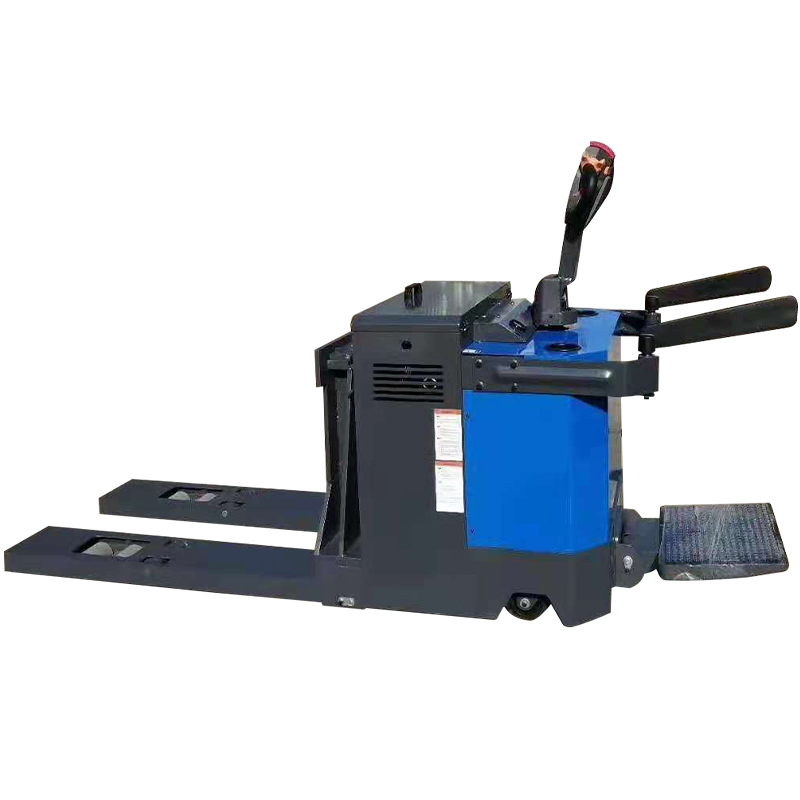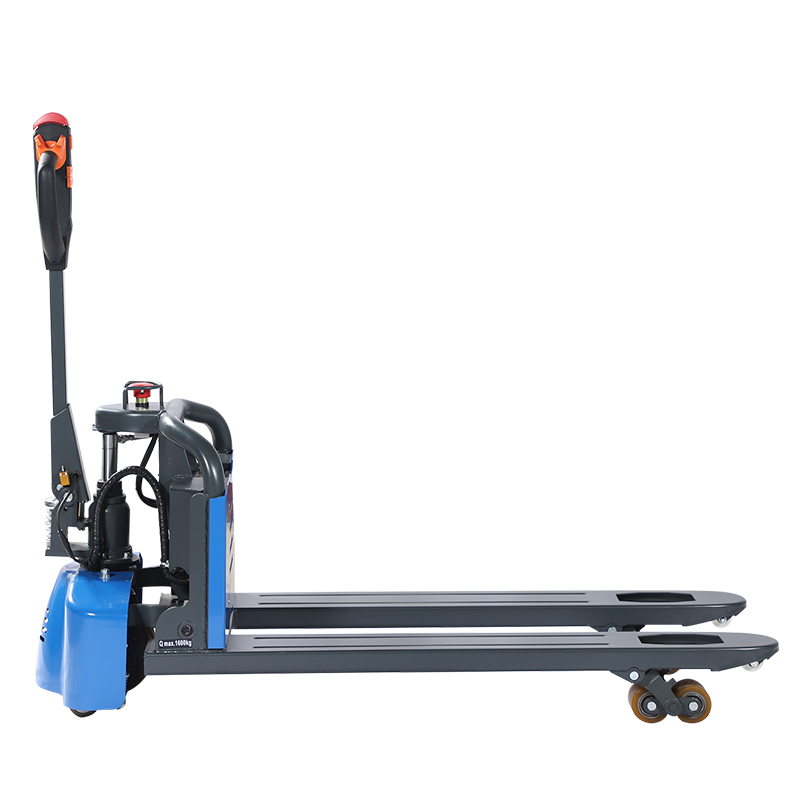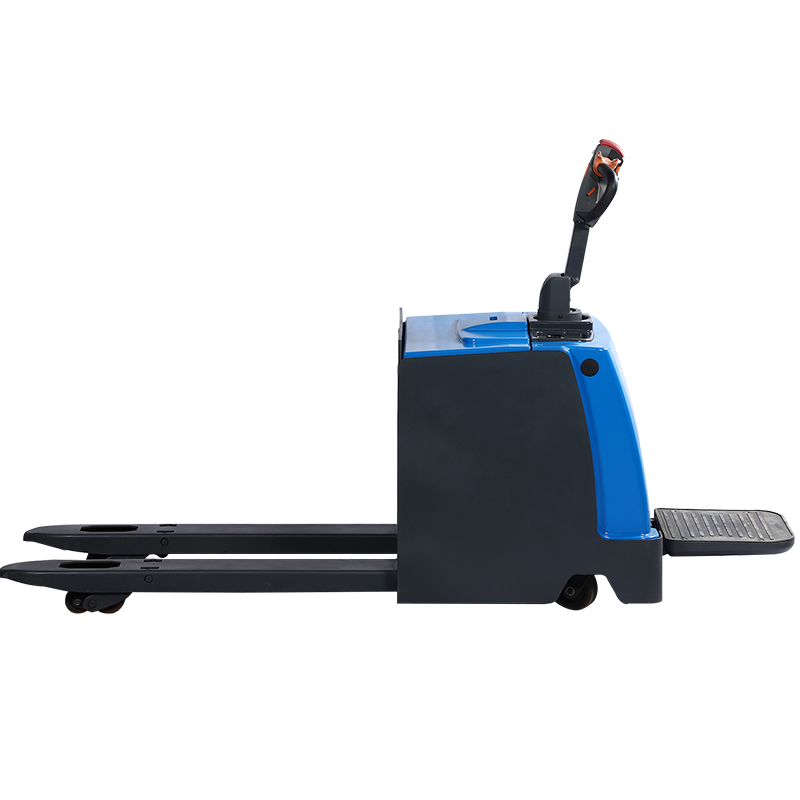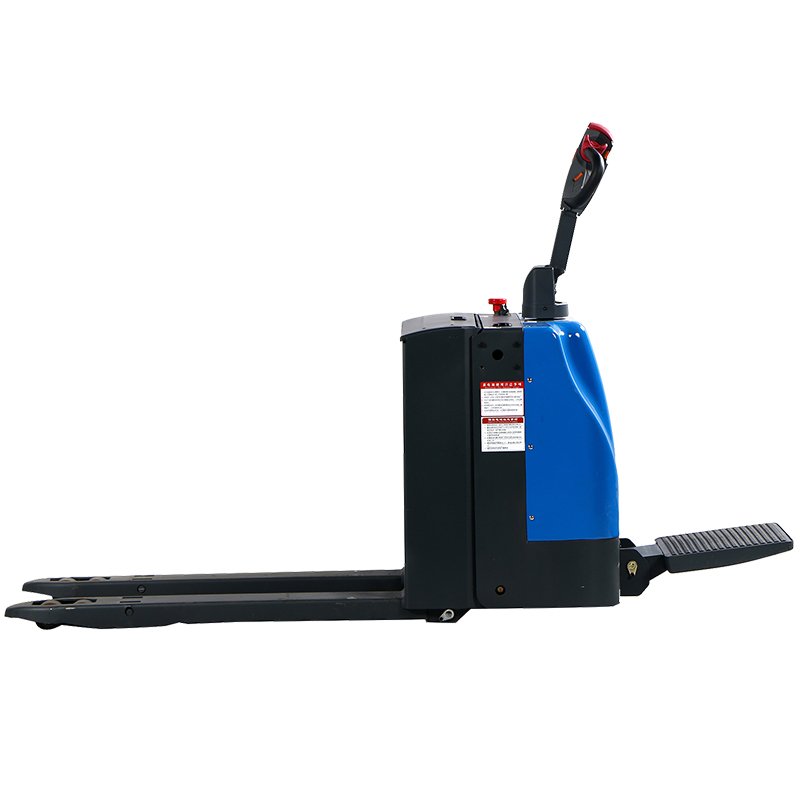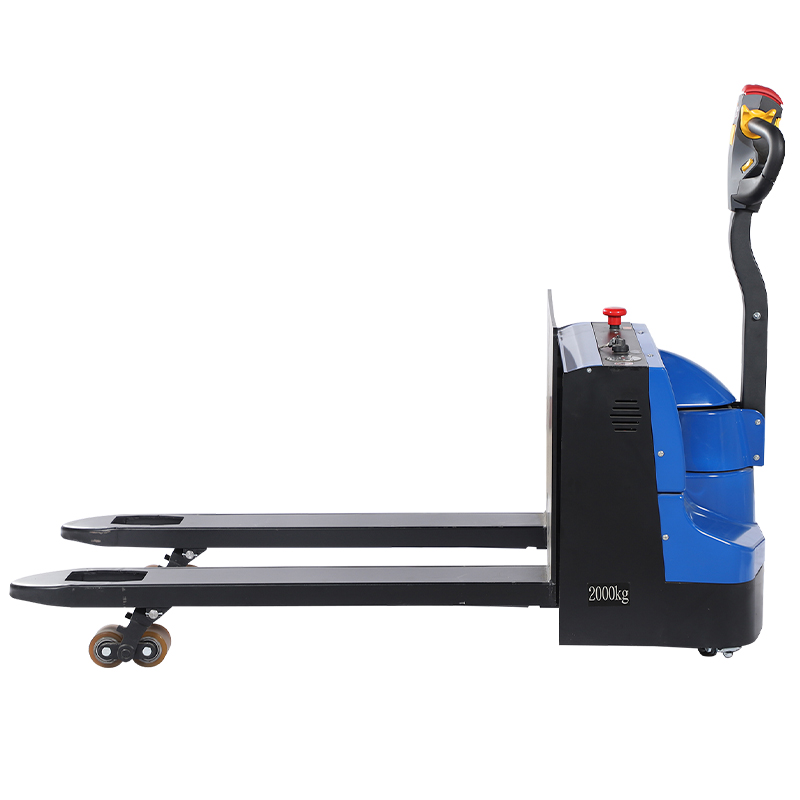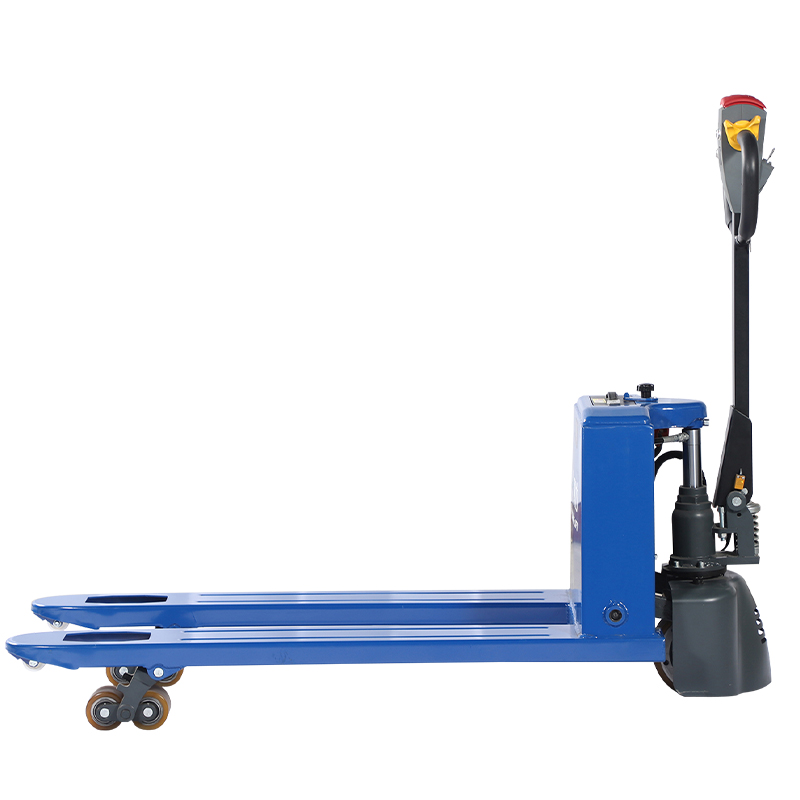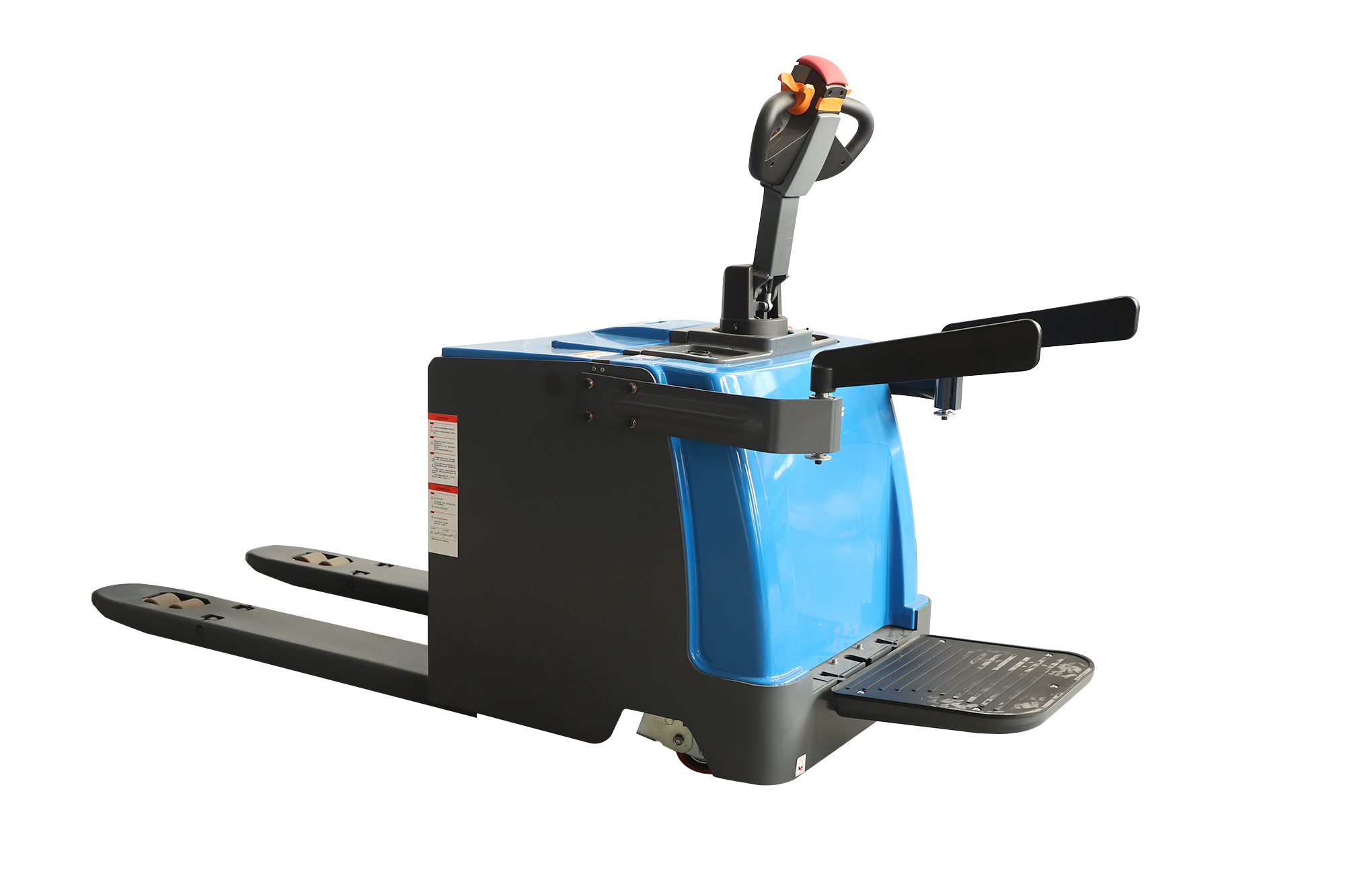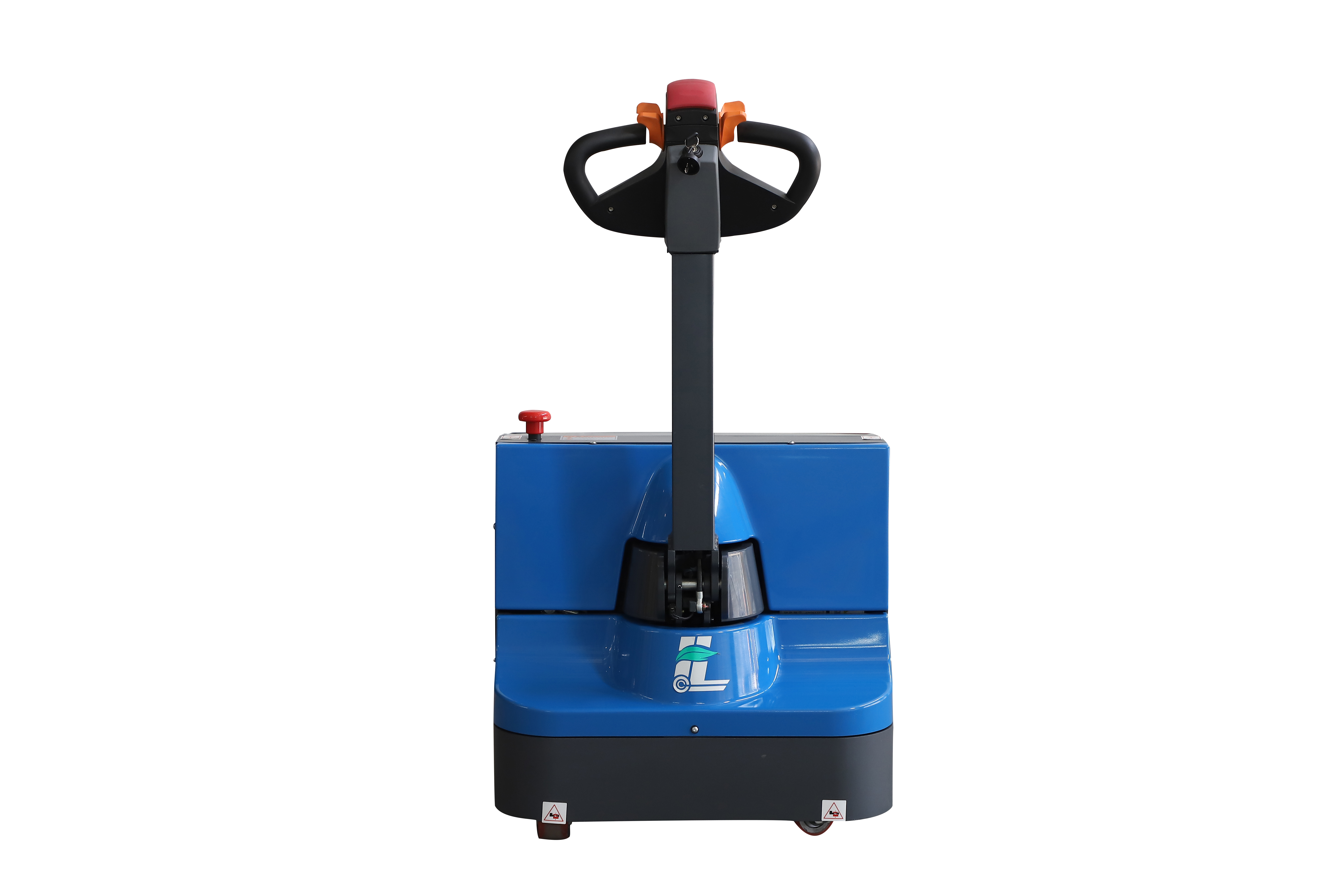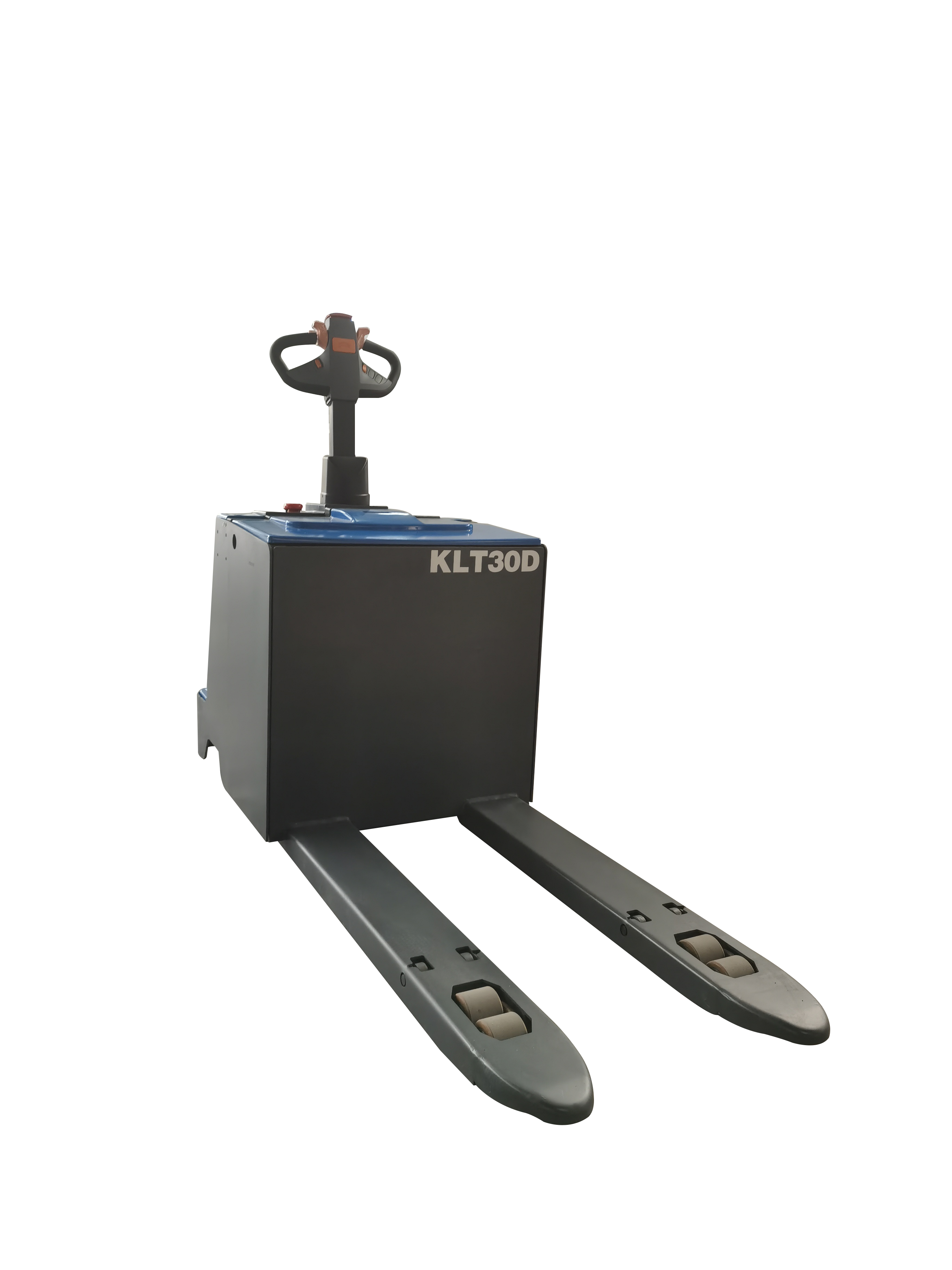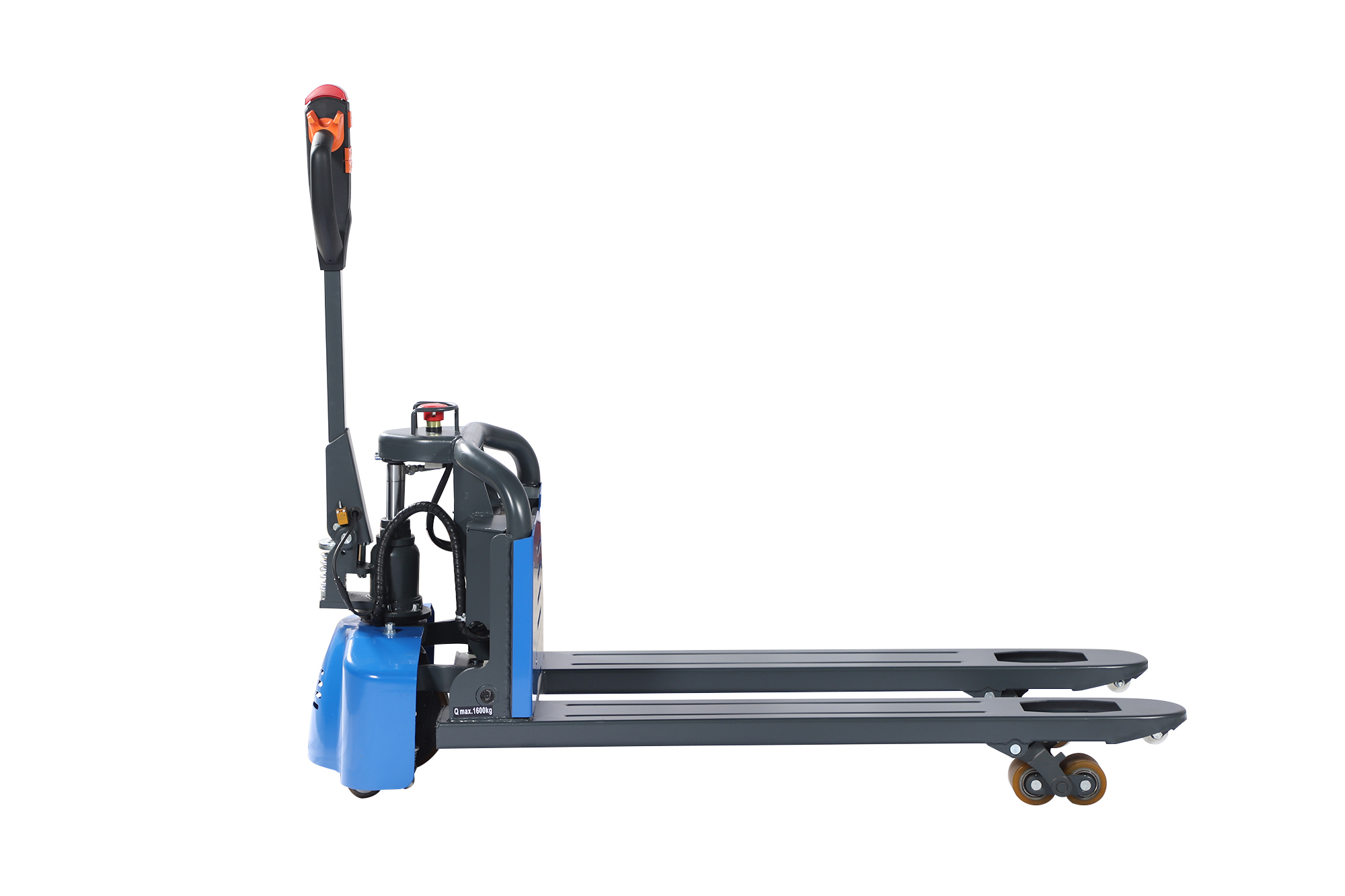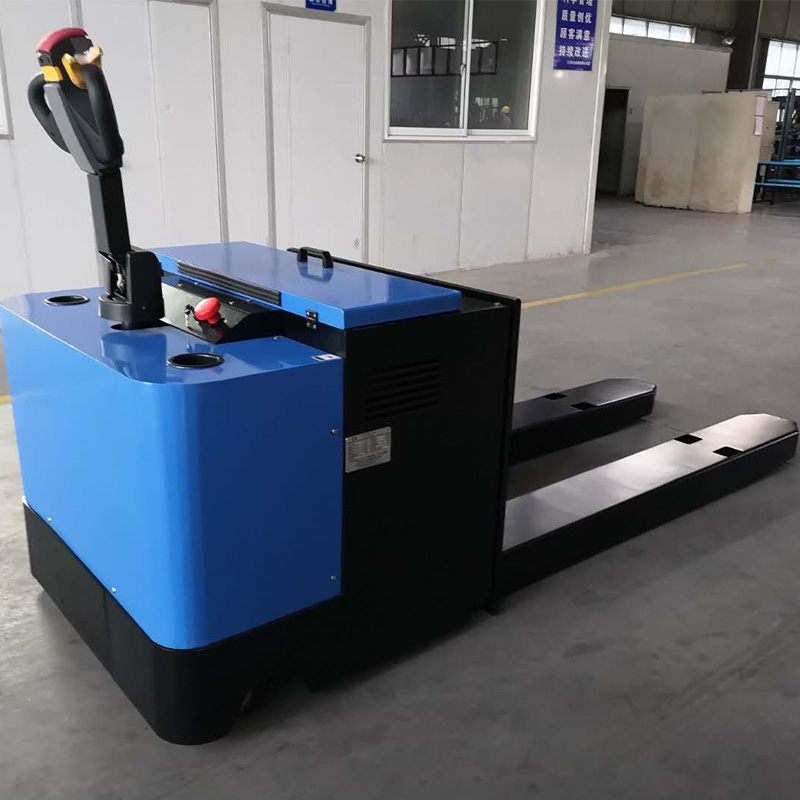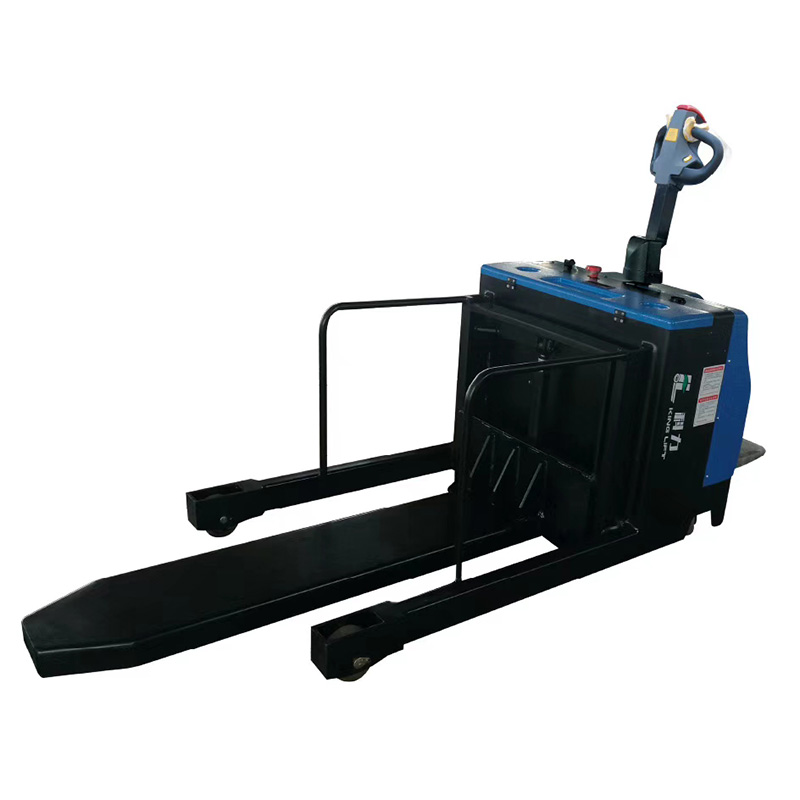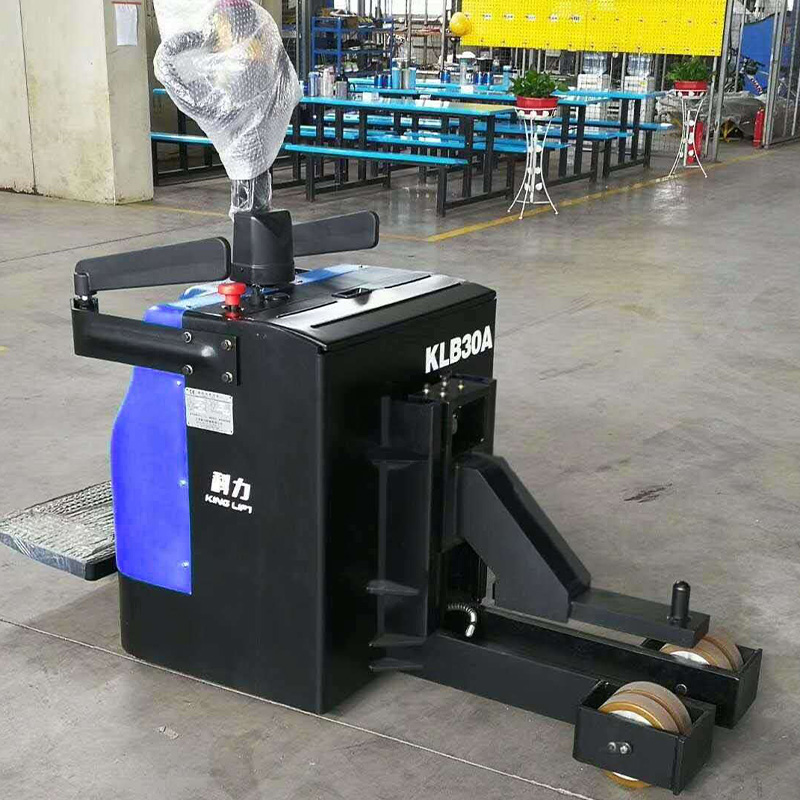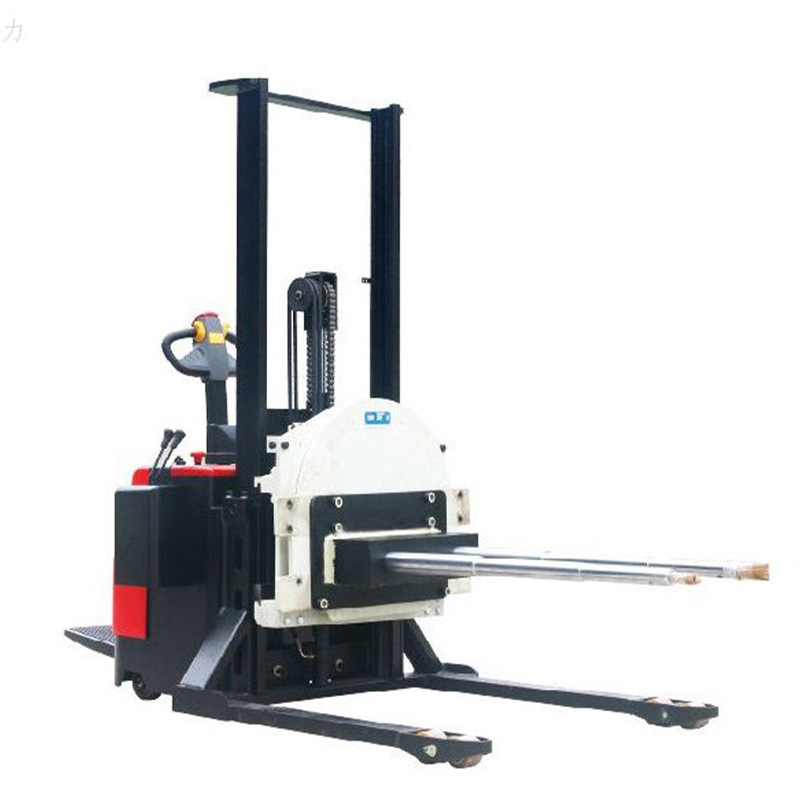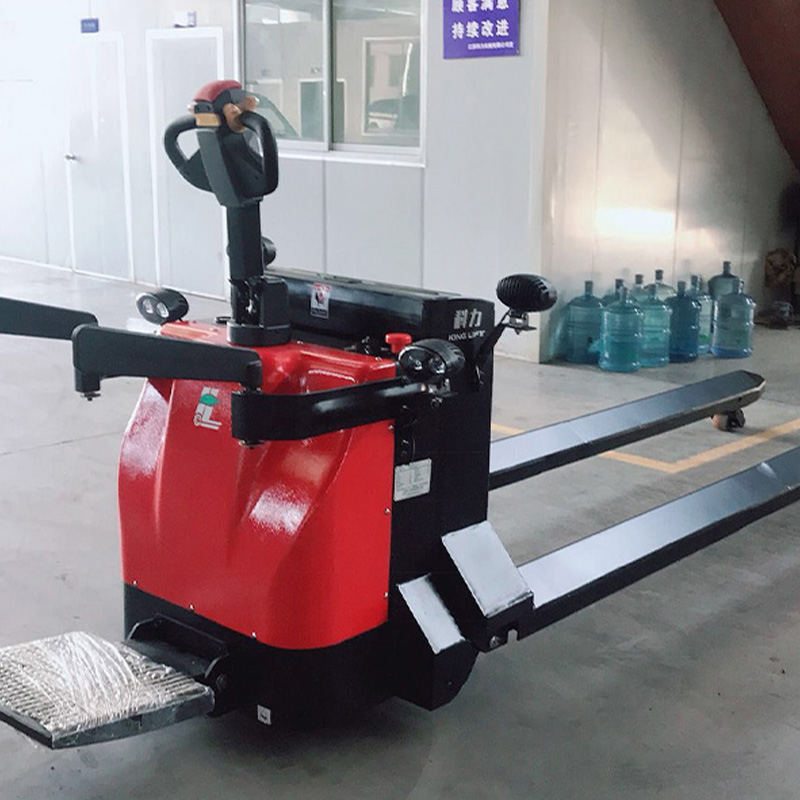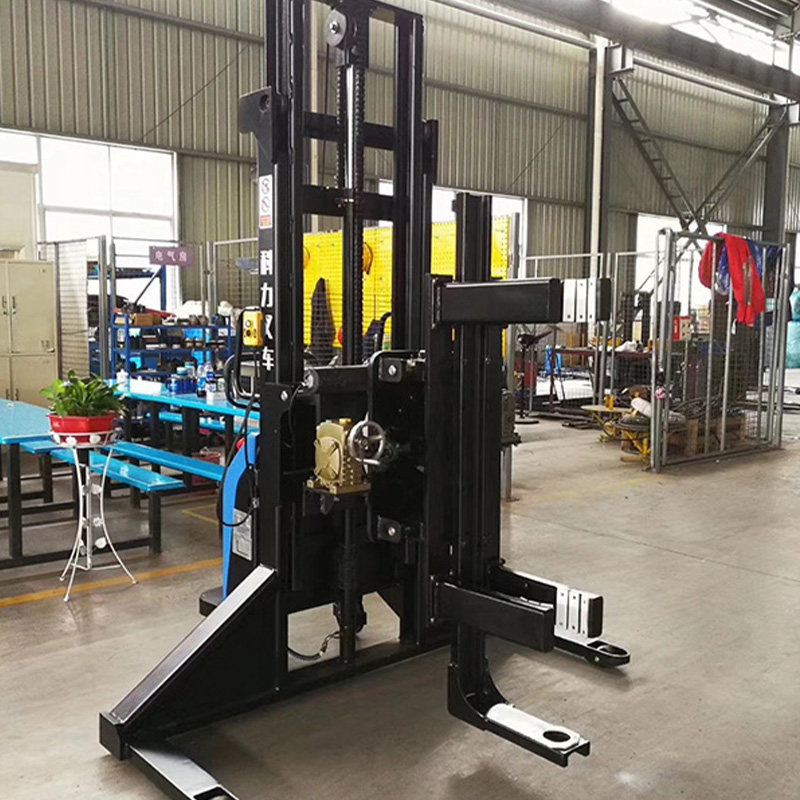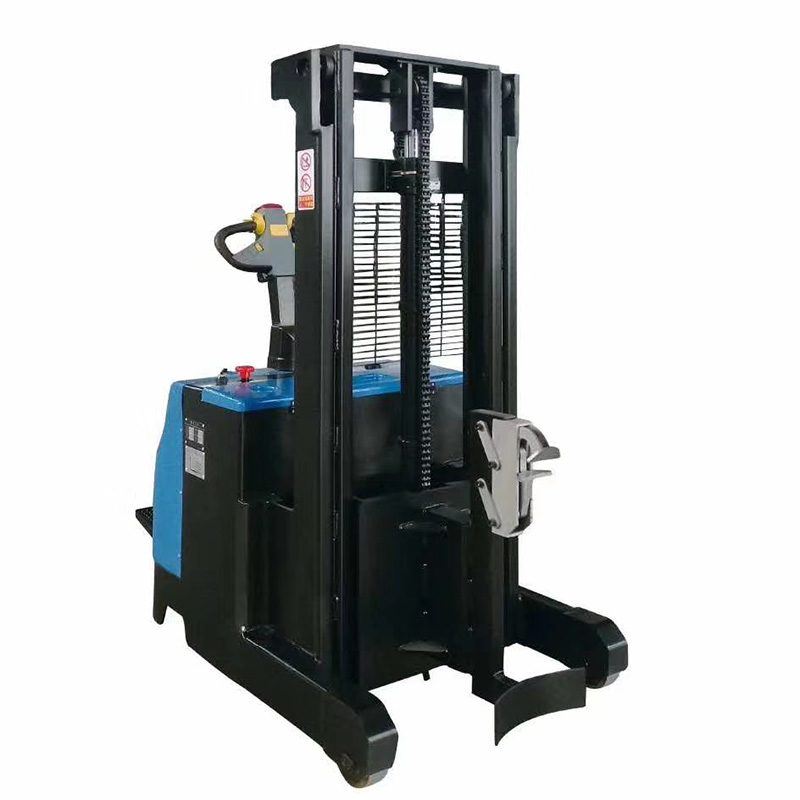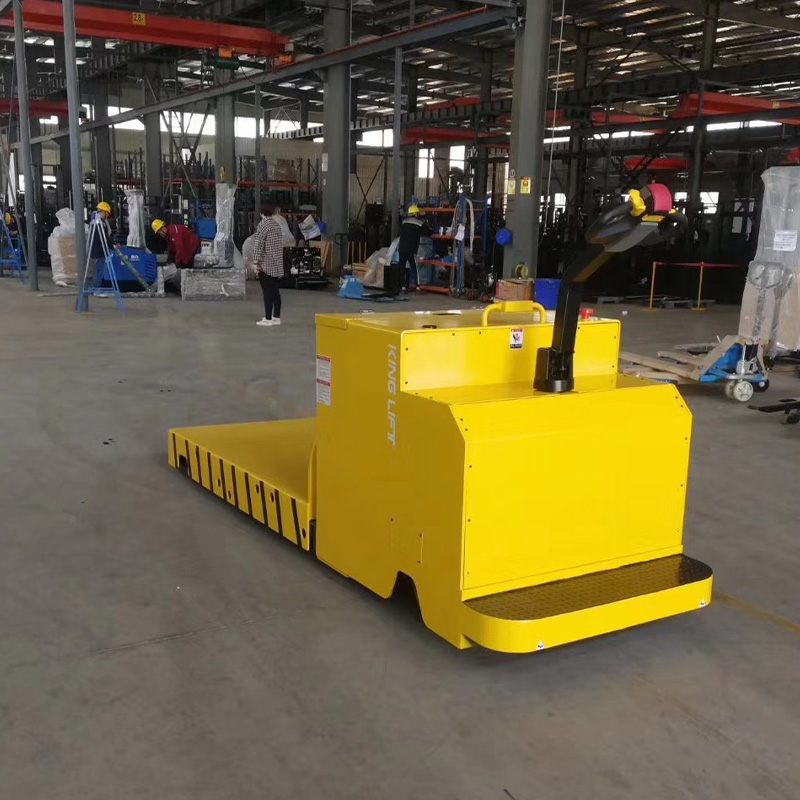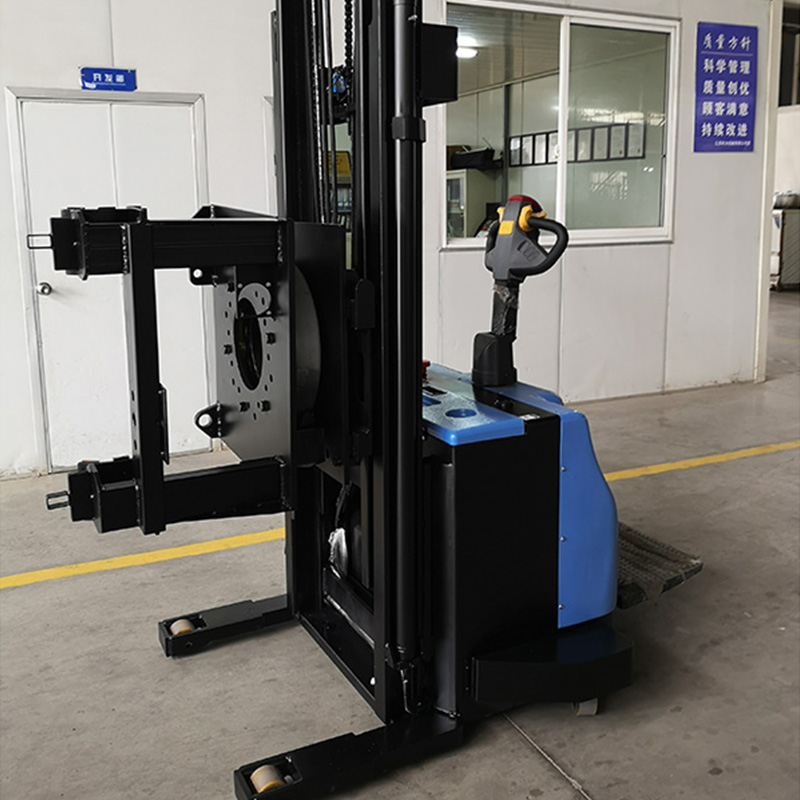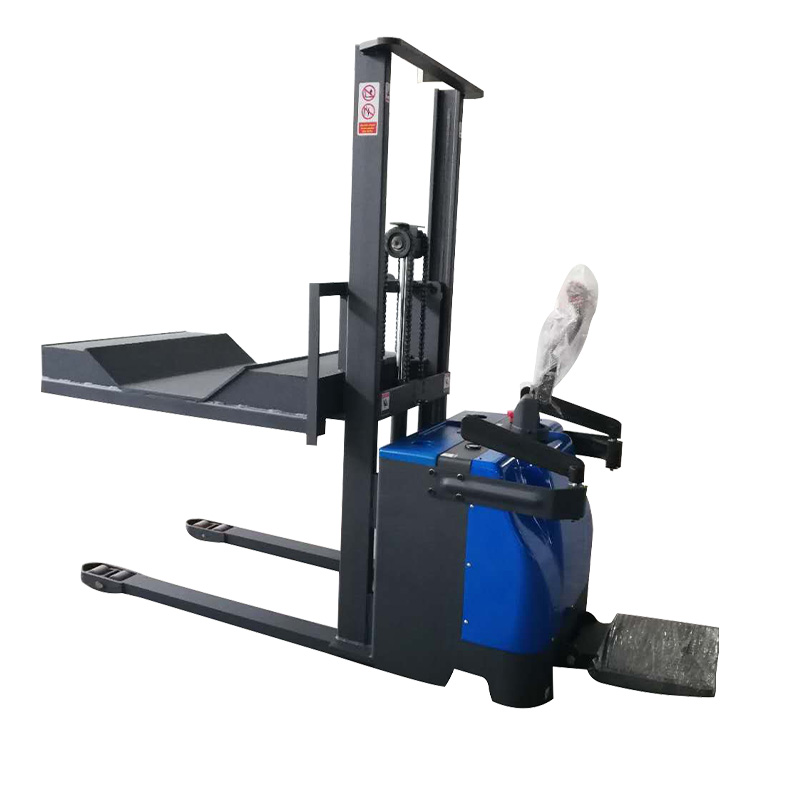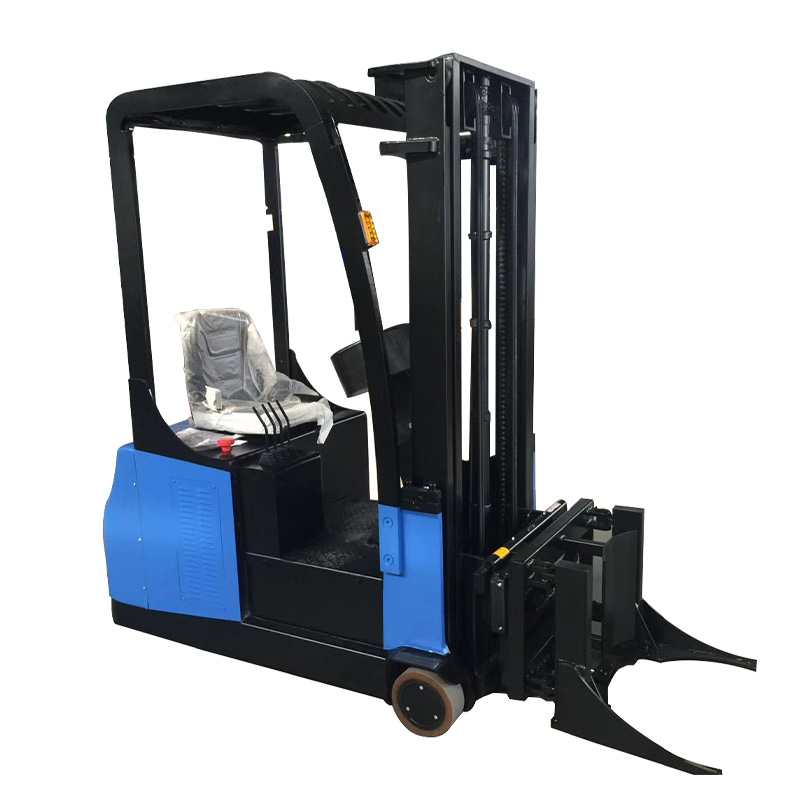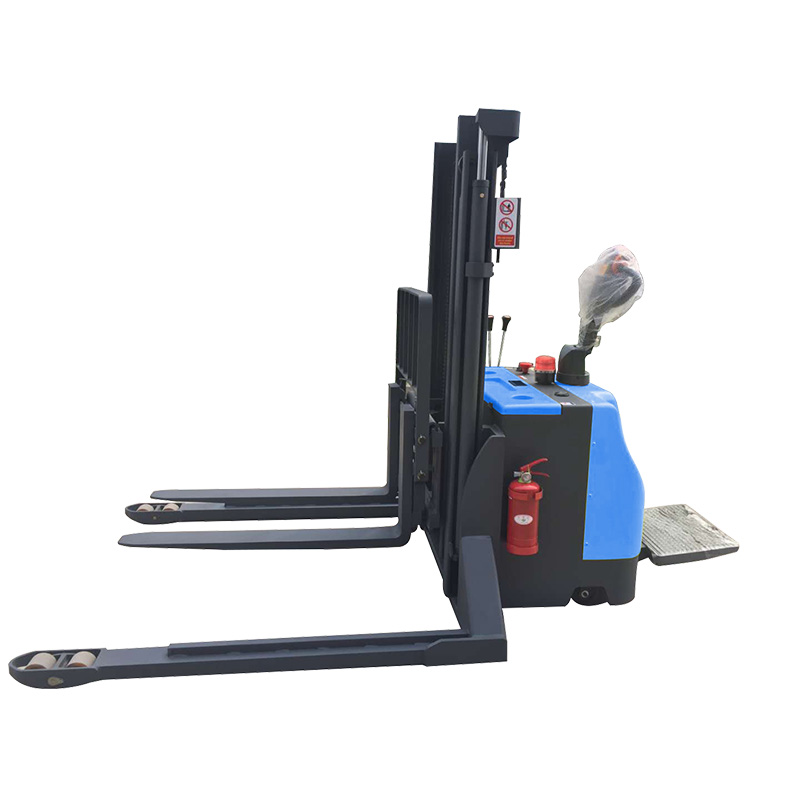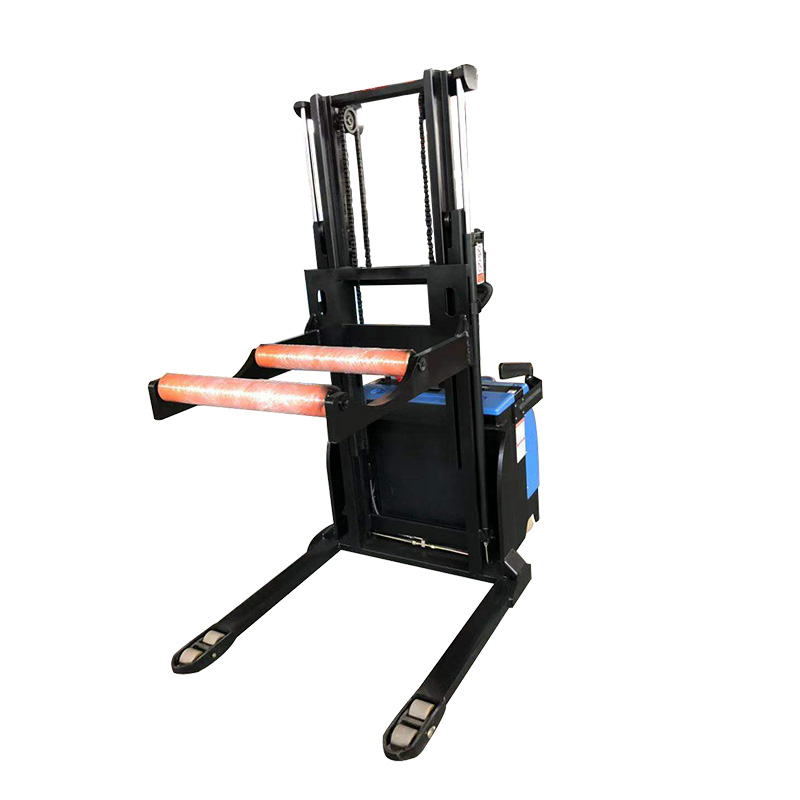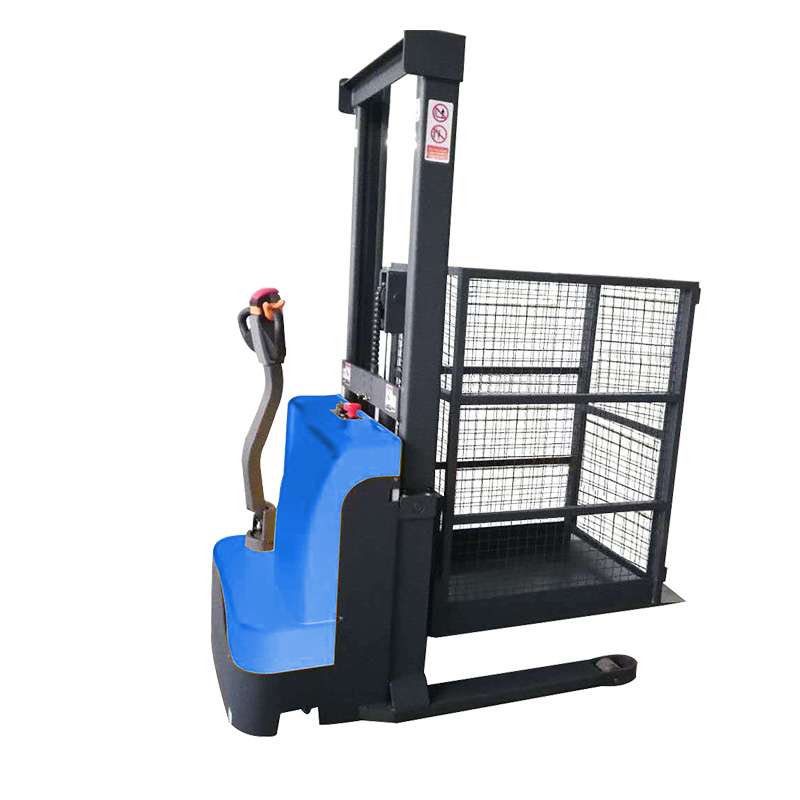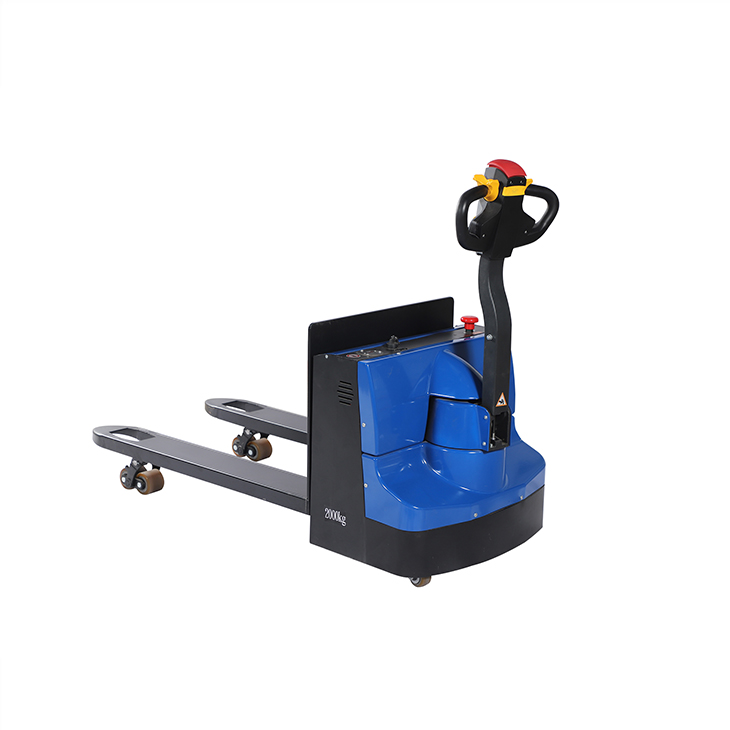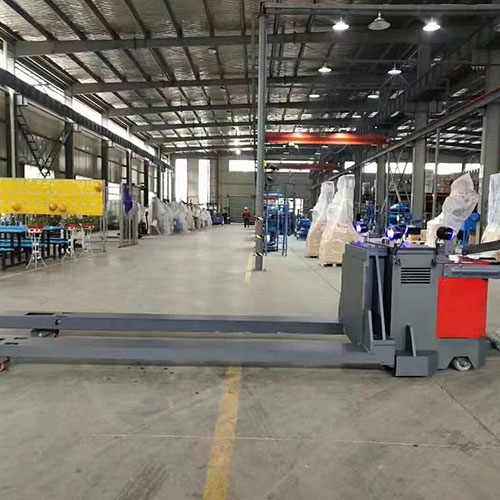long electric pallet jack guide
long electric pallet jack guide
When it comes to moving heavy loads, an electric pallet jack is an essential piece of equipment. But with so many different models on the market, it can be tough to know which one is right for your needs.
Here’s a quick guide to help you choose the best electric pallet jack for your business:
First, consider the weight of the loads you’ll be moving. If you regularly move heavy loads, you’ll need a jack that can handle at least 4,000 pounds. For lighter loads, a 3,000-pound capacity will suffice.
Next, think about the type of terrain you’ll be using the jack on. If you’ll be using it mostly on smooth surfaces like concrete floors, any electric pallet jack will do. But if you need to move loads across rough terrain or up and down ramps, look for a model with all-terrain wheels.
Finally, make sure to choose a jack with ergonomic features that will make it easy and comfortable to use. Look for a model with an adjustable handle height so that anyone
Precautions for using long electric pallet jack
If you are using a long electric pallet jack, there are some precautions that you need to take in order to ensure your safety. Here are some tips:
- Always wear gloves when operating the jack. This will help to protect your hands from getting injured.
- Make sure that the area around the jack is clear of debris and other objects before you start using it.
- Do not try to move too much weight at once. If you do, you could damage the jack or injure yourself.
- When not in use, always store the jack in a safe place where it cannot fall over and injure someone.
If you are using an long electric pallet jack, there are some precautions you need to take in order to ensure your safety. Here are some tips:
- Always wear proper safety gear, including a hard hat, steel-toed boots, and gloves.
- Never stand on the pallet jack while it is in motion.
- Keep your feet clear of the wheels at all times.
- Do not overload the pallet jack.
Common faults and solutions of long electric pallet jack
Common faults and solutions of long electric pallet jack
1. Motor does not rotate or rotate slowly
Check if the power supply voltage is too low, whether the fuse is broken, whether the motor winding is open, whether the carbon brush is worn out, and whether the armature or field core is magnetized.
2. Motor overcurrent protection trips frequently
Inspect if there is something blocking the rotation of the wheel; check if the load is too heavy; check if there are any foreign objects in the reducer; check if the encoder feedback line is damaged.
3. The steering wheel does not turn or turns slowly.
Inspect whether something blocks the rotation of the wheel; check whether there is excessive play in the steering system; check for leaks in hydraulic oil circuit.
1. Lack of Power or Drive
Possible causes:
- Dead battery
- Faulty charger
- Loose or damaged wiring
- Damaged motor controller
Solution:
Check the battery, charger, and wiring. If they all seem to be in working order, then the problem is likely with the motor controller. This will need to be replaced.

